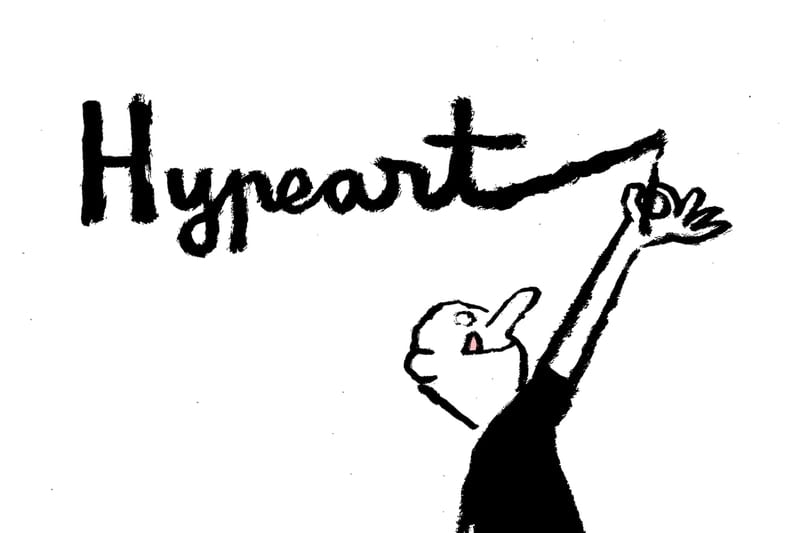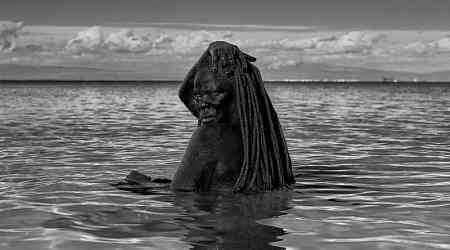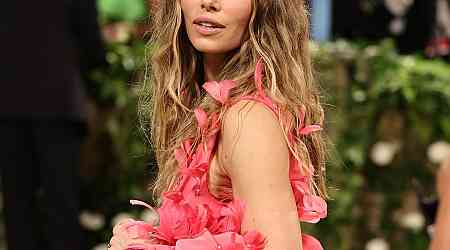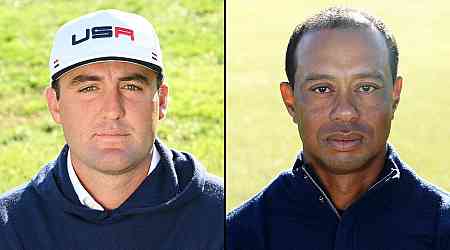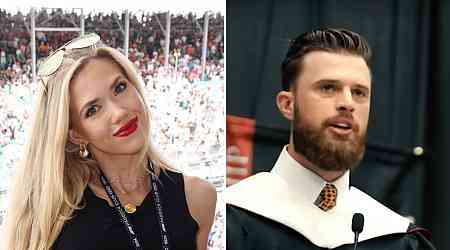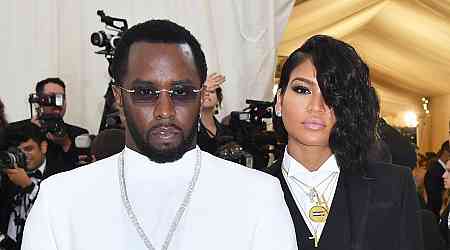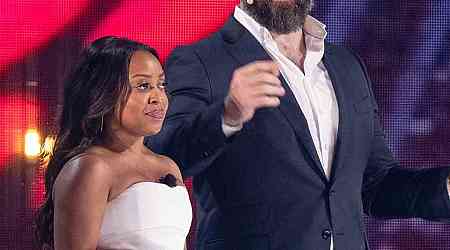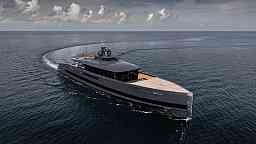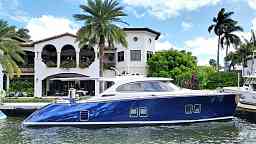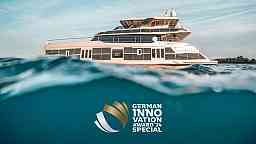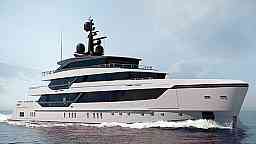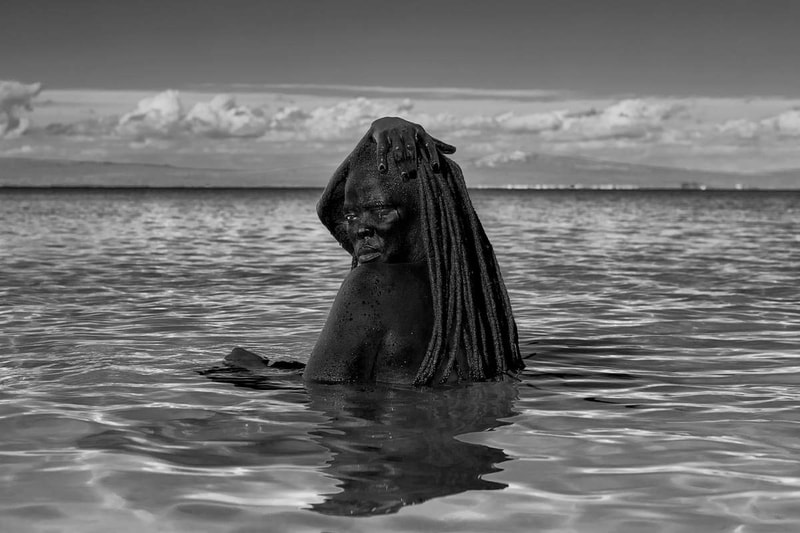Jean Jullien’s quirky artwork effortlessly illustrates the often mundane and extraordinary observations of daily life. Overshopping at the supermarket, over-pouring an avalanche of cereal and the visual image of one’s face deflating in optimism from New Year’s Day till the end of the year. Notebook in hand, the French artist documents everything he experiences through the imperfect bristles of a of brush pen, refining the small sketches that pique his interest into large exhibitions that have gone on to view at HVW8 (LA), MIMA (Brussels) and NANZUKA (Tokyo), as well as frequent collaborations with Case Studyo and massive sculptural installations, such as a recent partnership with Sarah Andelman and Phamily First in Paris.
“It’s very organic.” Jullien tells Hypeart. “It’s not very thought through. I’ve got this continuous process of observing things and reacting to them.” At 1.2 million followers, the French artist, who frequently hops between Paris, New York and Los Angeles, has amassed quite the following for his eccentric sketches of daily life. His most viral drawing, however, was rooted in intense sorrow following the horrific 2015 attacks in Paris. Entitled "Peace for Paris", depicting the Eiffel Tower in place of the usual bars of the peace sign, the illustration became a global marker of unity amongst the international community amidst a series of terrorist attacks around the world. It was a sketch that signaled the positive effect a simple work of art can have in the hyper-connected world of social media, but alternatively, it also didn’t reflect his practice at-large and was not intended to divert attention from the real tragedy to those affected in the attacks.
“Political graphics have been around for a very long time and they’ve had a big impact on society,” Jullien adds. “Some people are really good at it and it is their calling. It isn’t mine,” noting how it’s taken roughly 10 years for him to overcome this global image that people recognized him for in place of the actual cheerful and somewhat humorous observations that has actually come to define the spirit of his work.
A lover of the city, Jullien, who grew up on the West Coast of France, has recurrently tapped into his youth for inspiration — working with his brother Nicolas, an artist himself, to create playful reflections on the seaside and the joys of taking things slow. Despite working at a rather feverish pace, Jullien effortlessly captures the thoughts that elude us, the moments that vex us and the subtle occurrences that fill us with joy. For the latest Pen & Paper, Hypeart hopped on a call with the artist to reflect on the past 10 years of his career and learn more about what he’s got in store for the future.
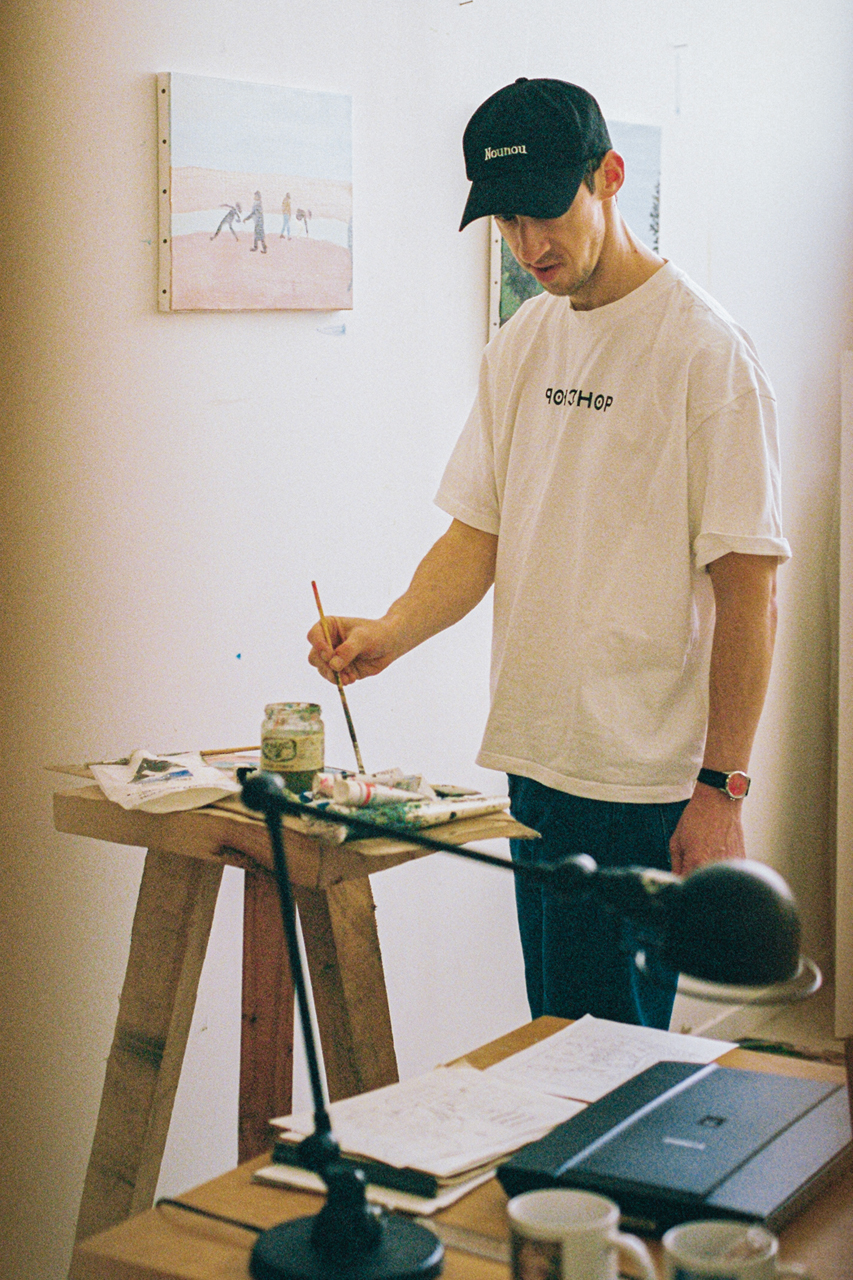
“A mix of daily observation and storytelling on a more imaginative state."
Growing up on the West Coast of France, can you recall the role that art played in your coming of age?
I had a very happy childhood. I was introduced to a very good mix of fine art through my mom. She’s an architect and curator, who was curating shows at that time for several museums. She liked a lot of the classics: Matisse, Picasso, Le Corbusier, [Rosa] Bonheur. So a lot of the classics through my mom, whereas my dad and his brothers introduced me to a lot of pop cultural references, such as French comic books, role playing games, like Dungeons & Dragons, all that stuff.
And with my brother Nico, we consumed a lot of cartoons, Japanese manga, video games and other nerdy stuff. So that was quite a big part of my upbringing and appetite for all things graphic and imaginative. As a teenager, I got into skateboarding, which the graphics got me into the arts as well — like Chocolate, etc.
Were there any artists or movements in particular that you think left a big impact on you?
French comic book artist Moebius, his vision of sci-fi and involvement with heavy metal, was really impactful. He was one of the iconic artists of my teenage years. There’s also more classic French artists like Jean-Jacques Sempé, who did very minimal observations of France in the ‘50s, ‘60s. He did a lot of covers for The New Yorker. They were both really important to me and sum up well where I’m trying to get my work to — a mix of daily observation and storytelling on a more imaginative state.
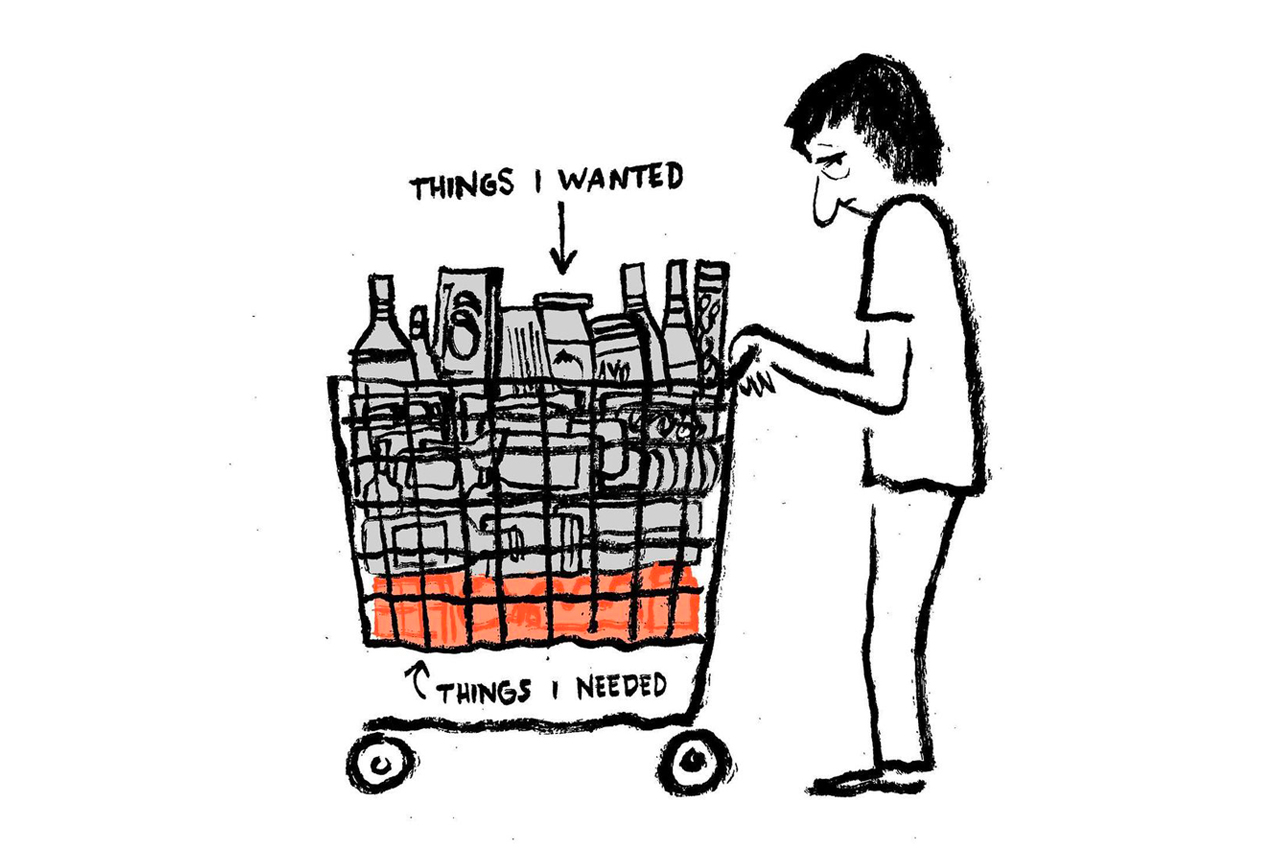
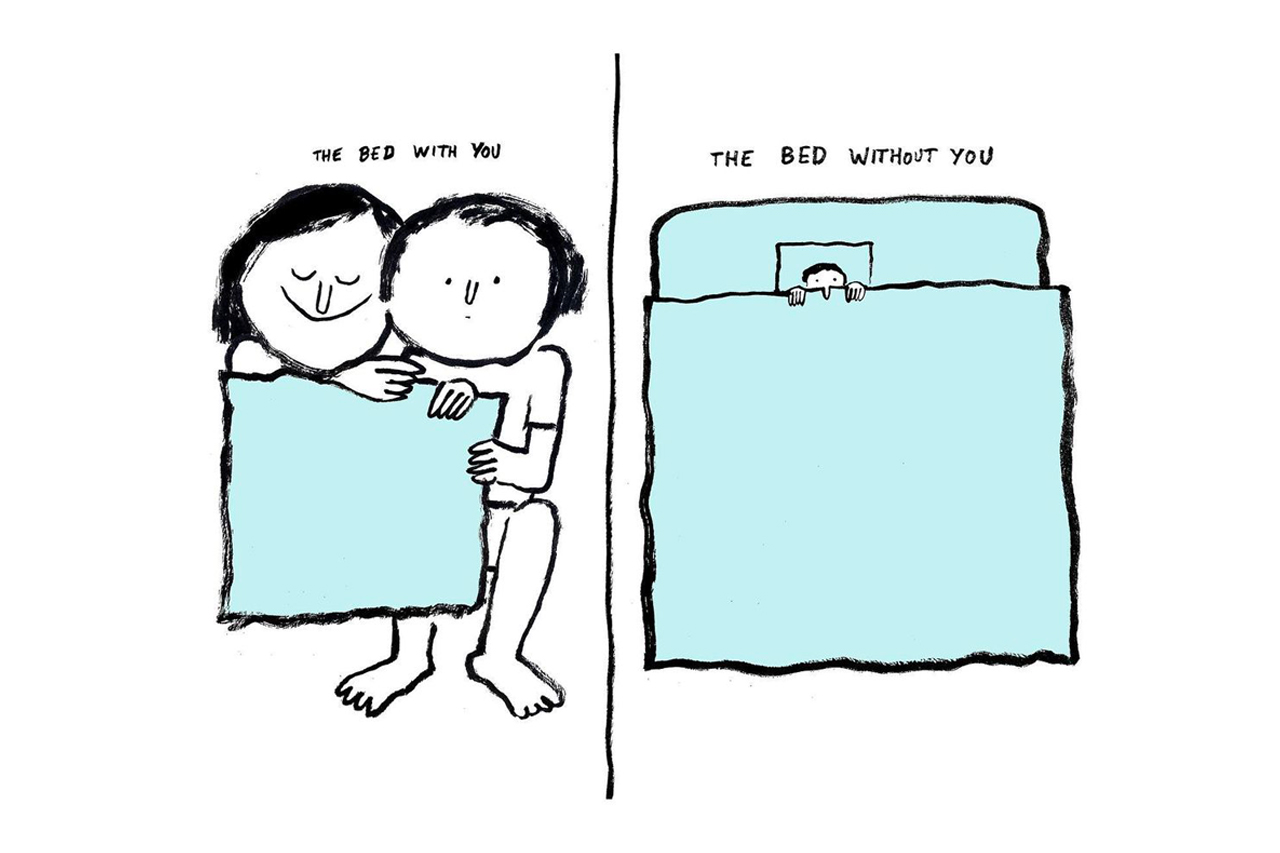
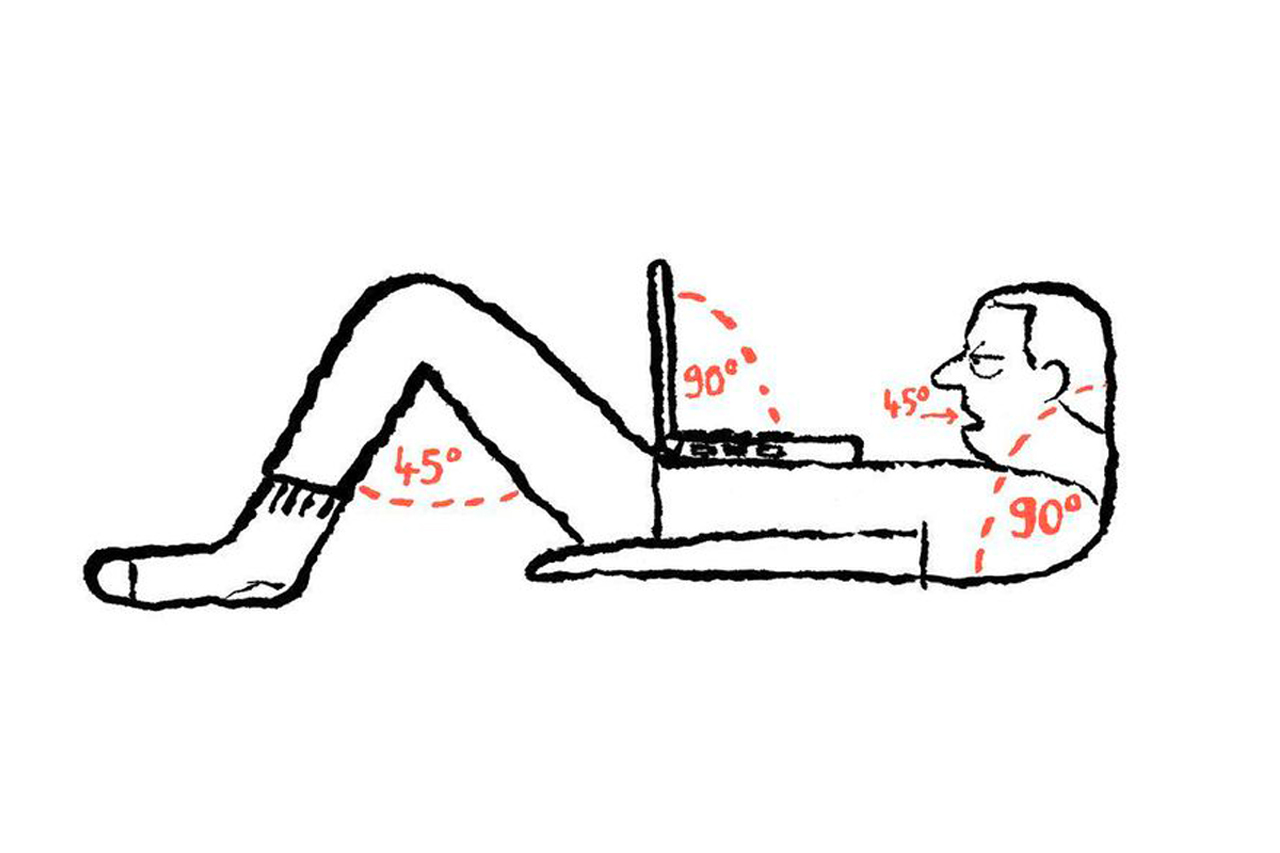
How would you define your art practice today, from the way you approach your work and the underlying themes you explore in your observations of daily life?
It’s very organic. It’s not very thought through. I’ve got this continuous process of observing things and reacting to them. Like I said earlier, the show that I’m working on at the moment in New York is just a chain of thoughts diluted graphically. I produce a lot quickly and it’s definitely more about quantity. In that quantity, accidents happen and some better bits transpire and become the base where an idea will form and I’ll rework over time. It’s not always good, but it’s a way of working and it’s the way I sketch — by pouring everything I encounter and then taking bits out of it.
Do you still carry loads of sketchbooks on you or do you work more digitally?
I don’t work digitally at all. Unfortunately, I wish I did. But I’m not very good at learning new stuff. I just always go in my sketchbook and when I draw something, I tend to do it with a pen and pad. I like mistakes and prefer to erase with a big brush pen, then Photoshop it afterwards. Again, I think that sentiment of sincerity is fine. I’d rather people see my mistakes and if it bothers someone, then well so be it. At least I can look back at something and see every thing that went into the process. I don’t try to erase things in the process.
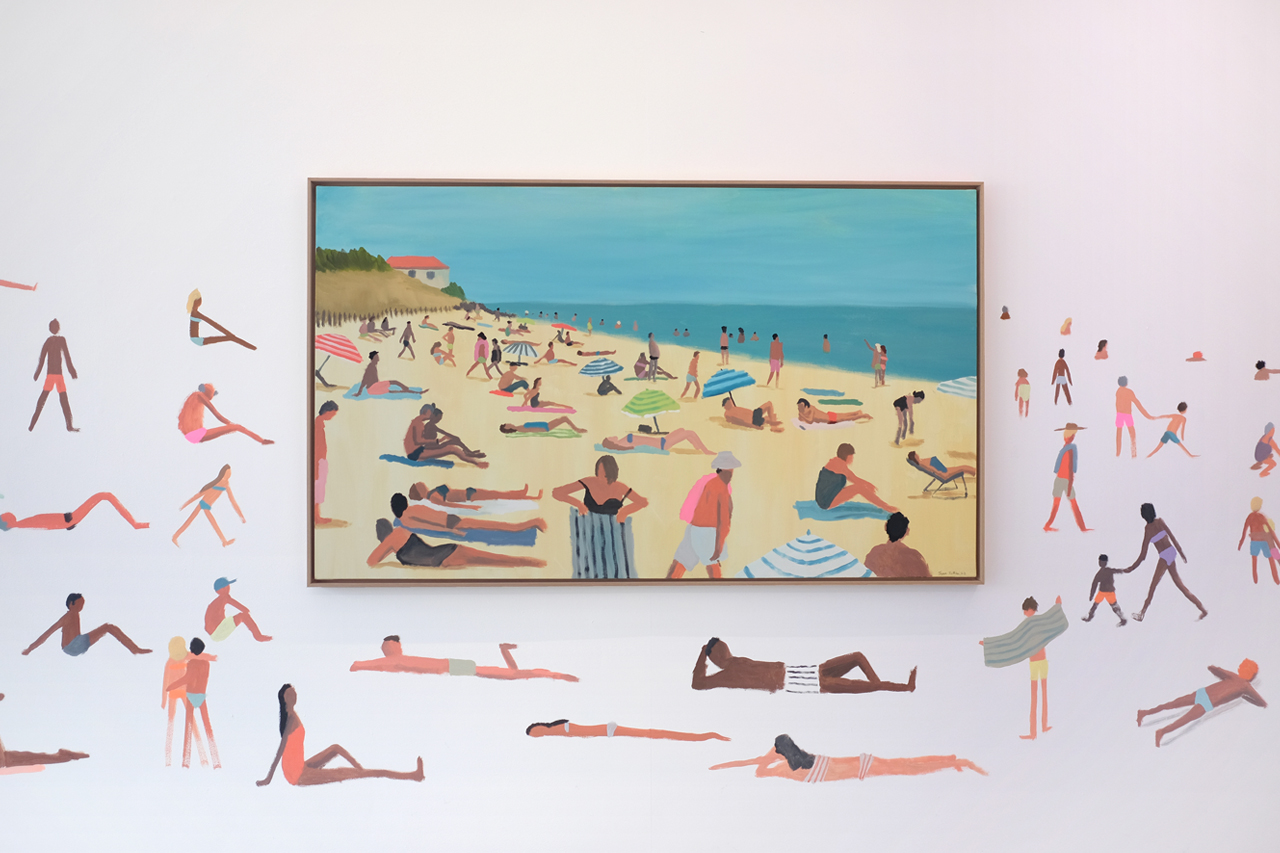
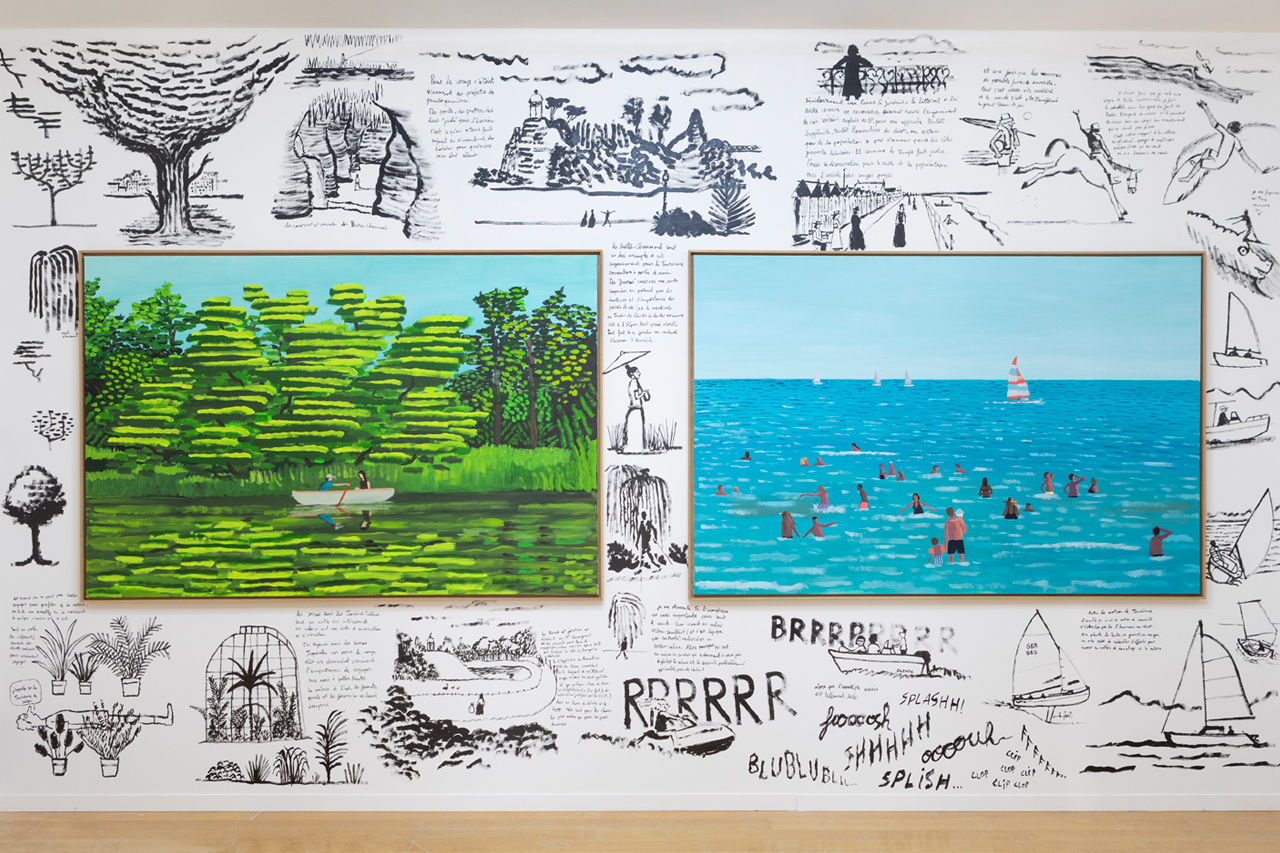
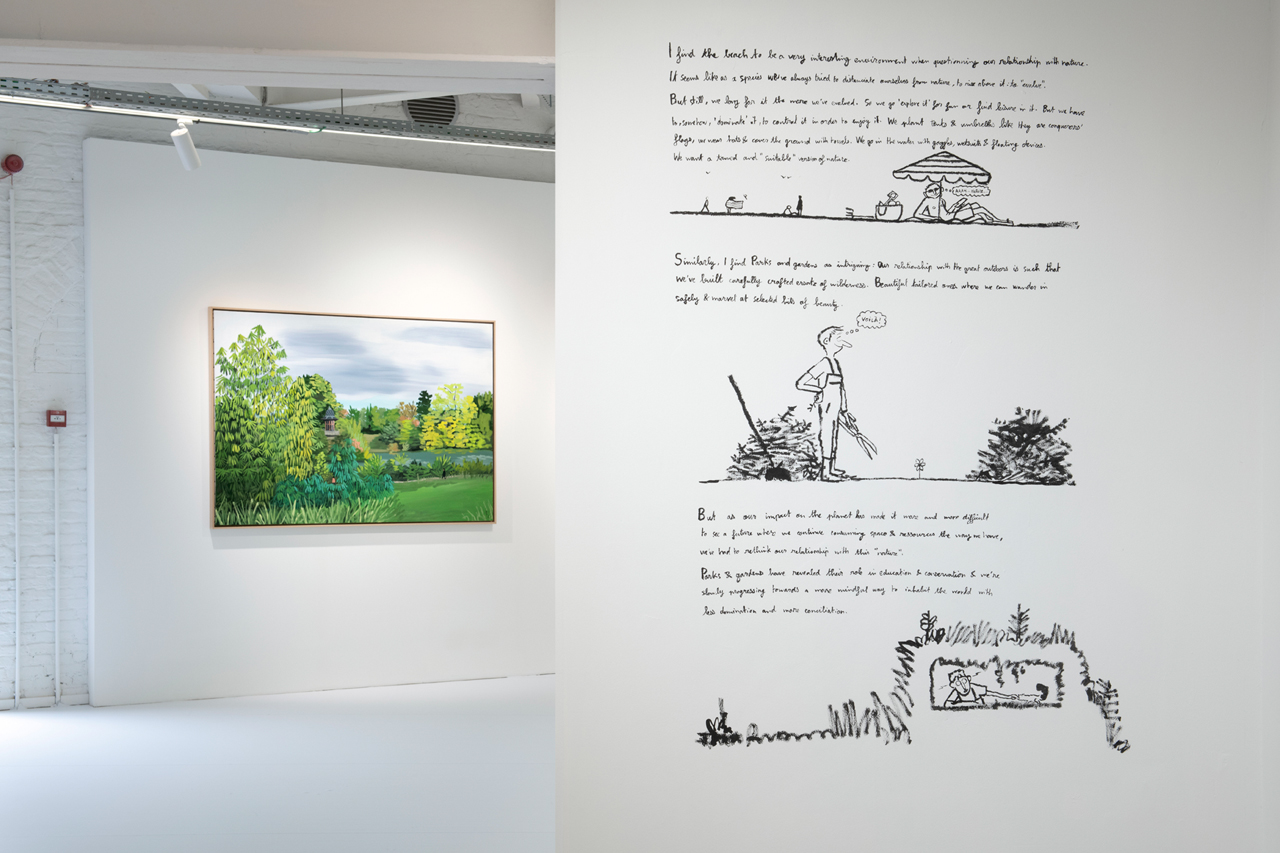
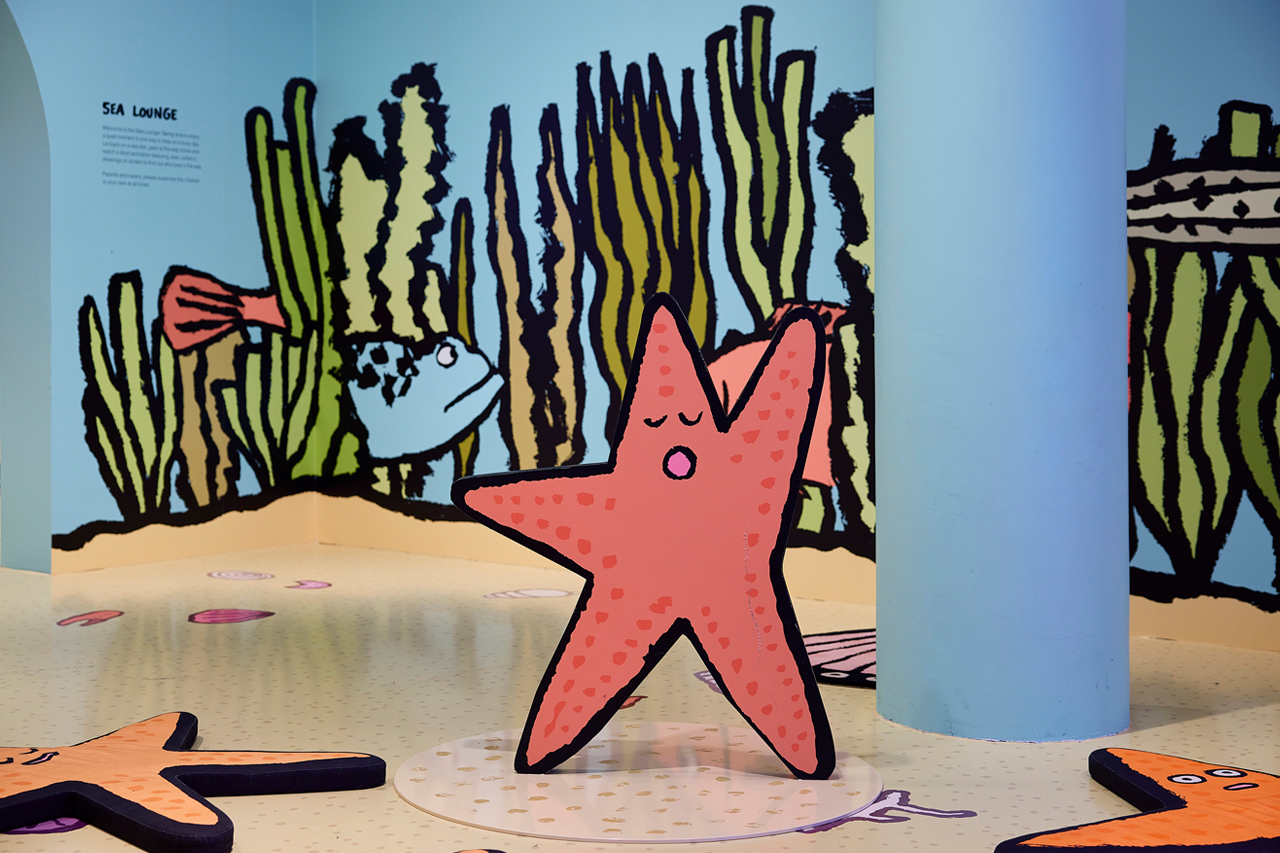
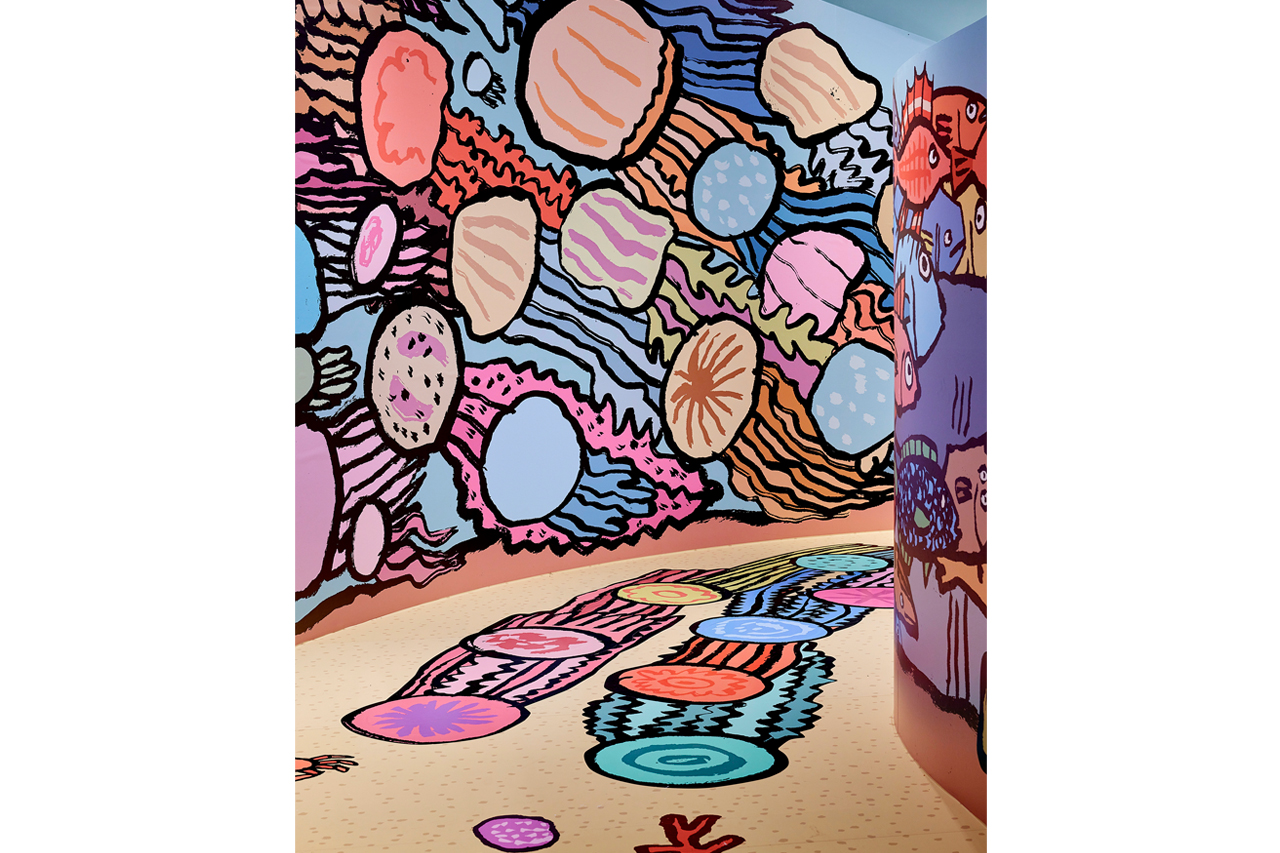
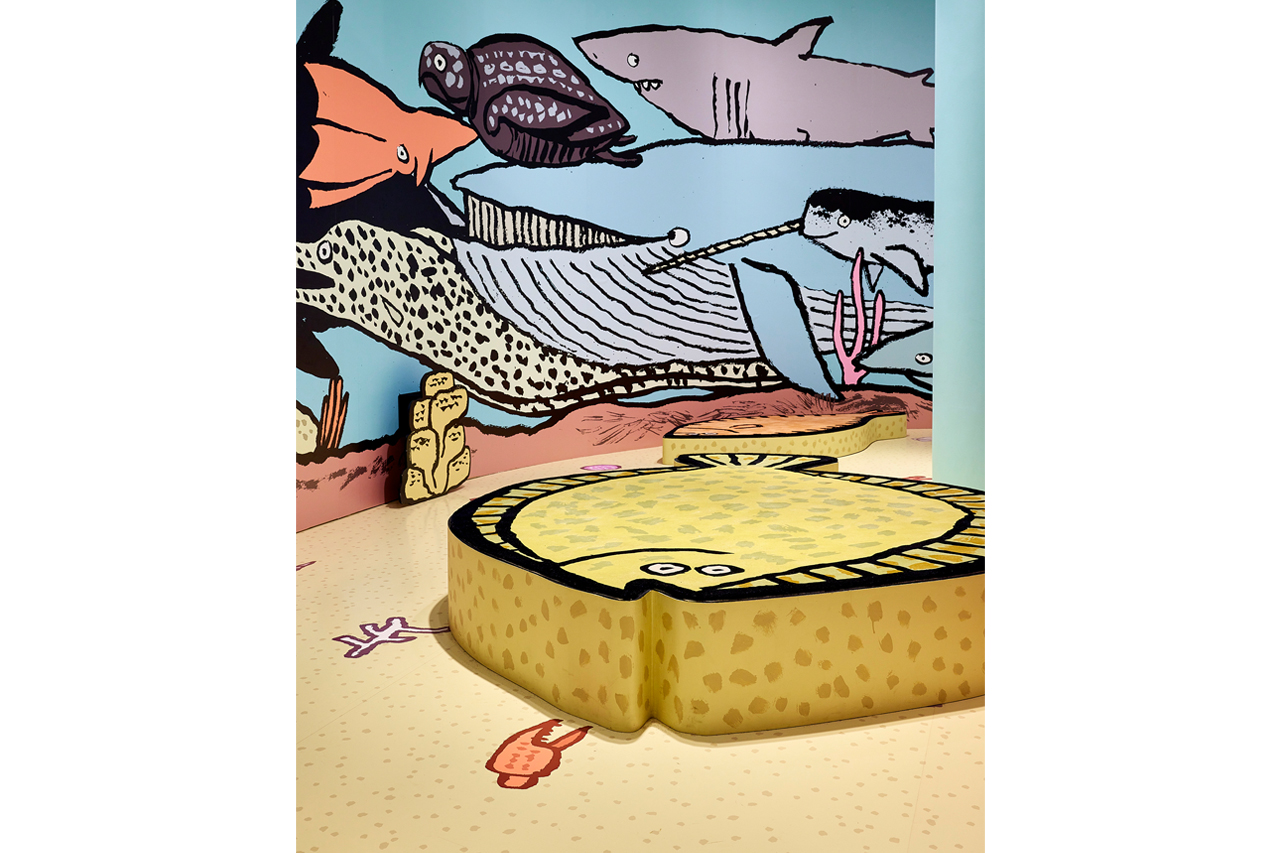
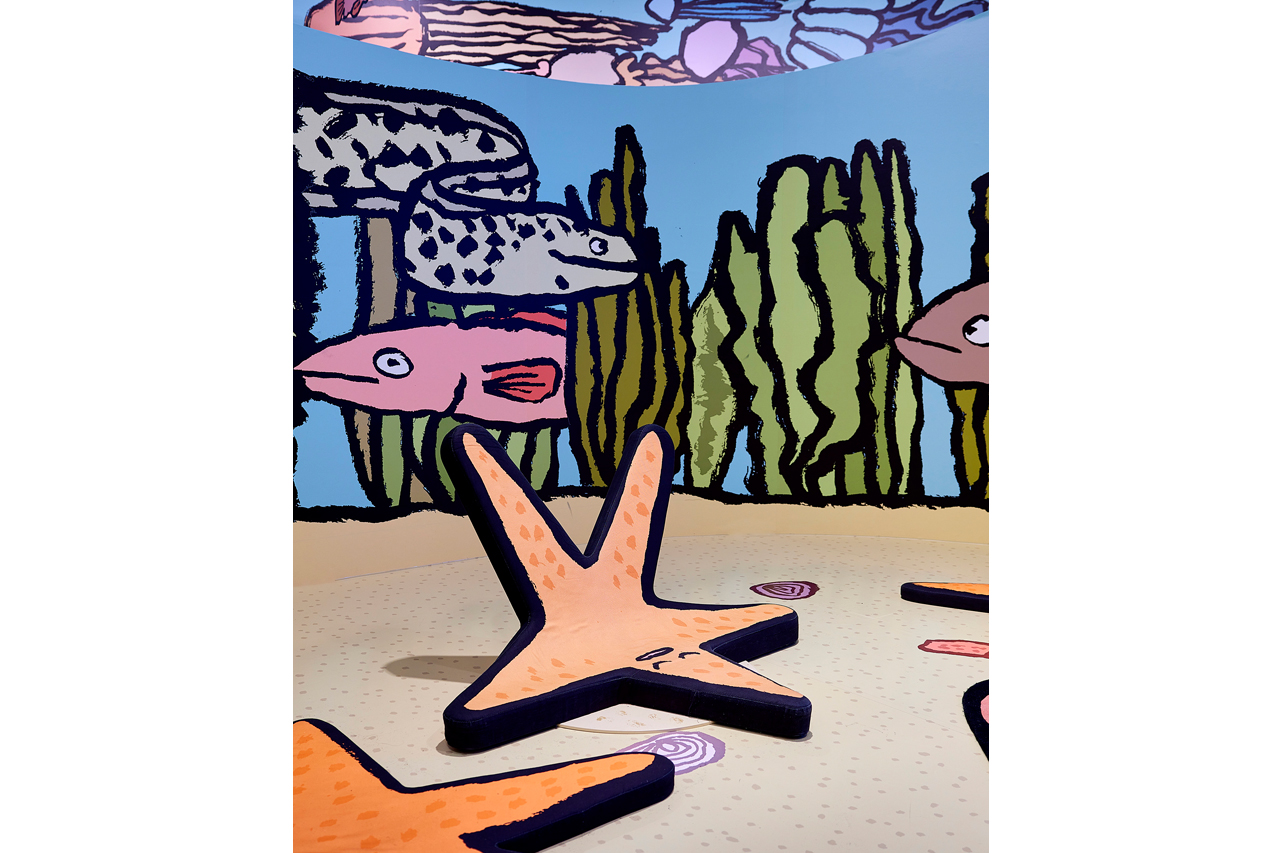
“The ocean became this endless place of inspiration."
Do you have a personal favorite medium to work in, whether it’s drawing, paintings or even collaborations?
I think it’s where I’ve been going my last few shows, where I use my drawings to complement my paintings like I did at the MIMA Museum in Brussels or at NANZUKA in Tokyo. That’s what I’m doing now in New York and just enjoy bringing together the drawing and painting because when I started painting, it seemed like it was completely alien to what people knew me for — bold Photoshop colors. For me, using a brush pen has always been my favorite tool: it’s fluid, full of mistakes and has a certain materiality that I really appreciate.
The seaside has also reemerged within your work over the past five years, such as beach scenes from Brittany, where you’re in a way revisiting your childhood. Can you talk about what the coast means to you?
It’s something that’s definitely been in my family DNA. My great-grandfather was a fishmonger. My grandmother worked in a fishery and my dad takes us fishing all the time. It’s a certain ecosystem that’s always been in my family. I felt like I needed to slow down after I overworked myself in London doing graphic commissions, as well as the birth of my first child. I discovered painting and surfing at the same time. That sort of became a chapter in itself in my life and tapping into the genuine pleasure I was getting from being in the water and pausing a bit, opened the gates to revisiting a lot of things that I hadn’t been able to use in my work before, because my work was very urban based. The ocean became this endless place of inspiration.

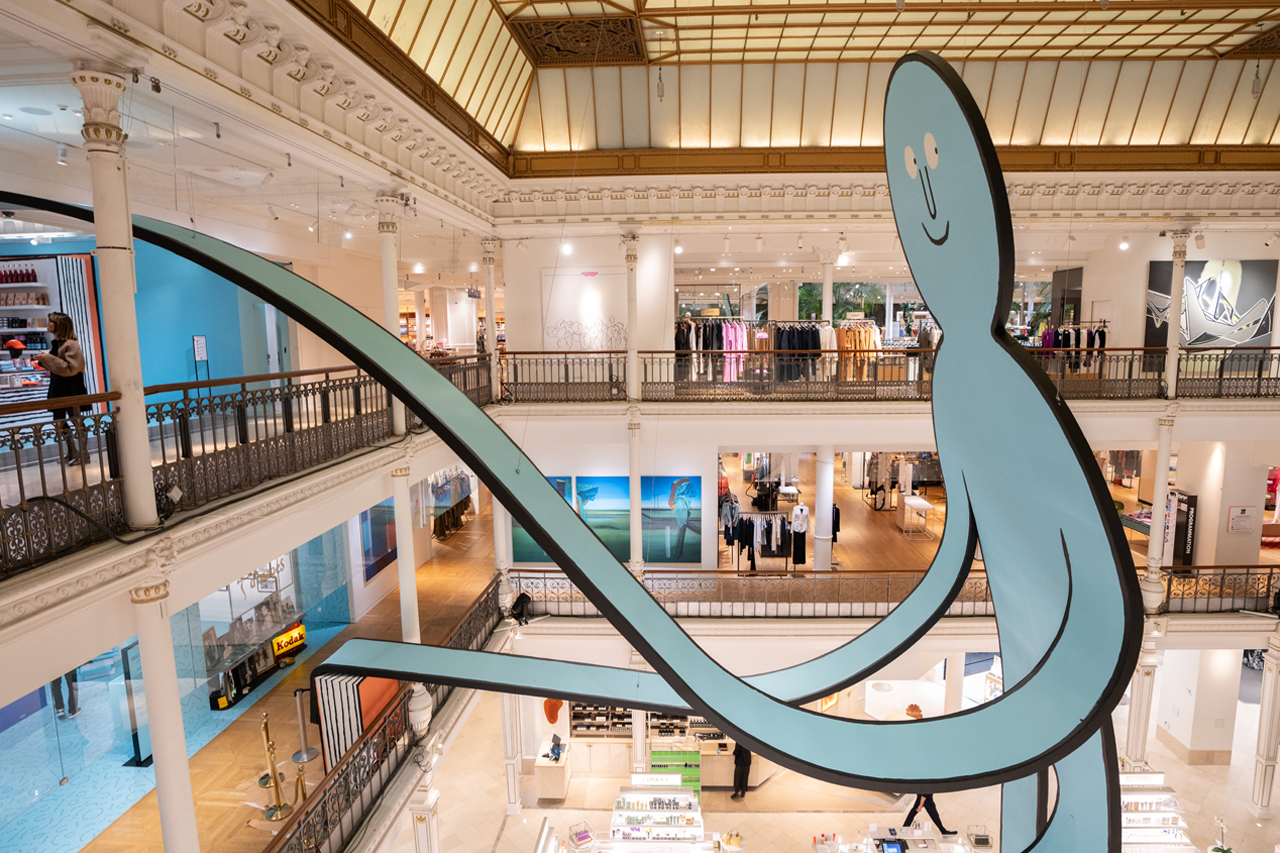
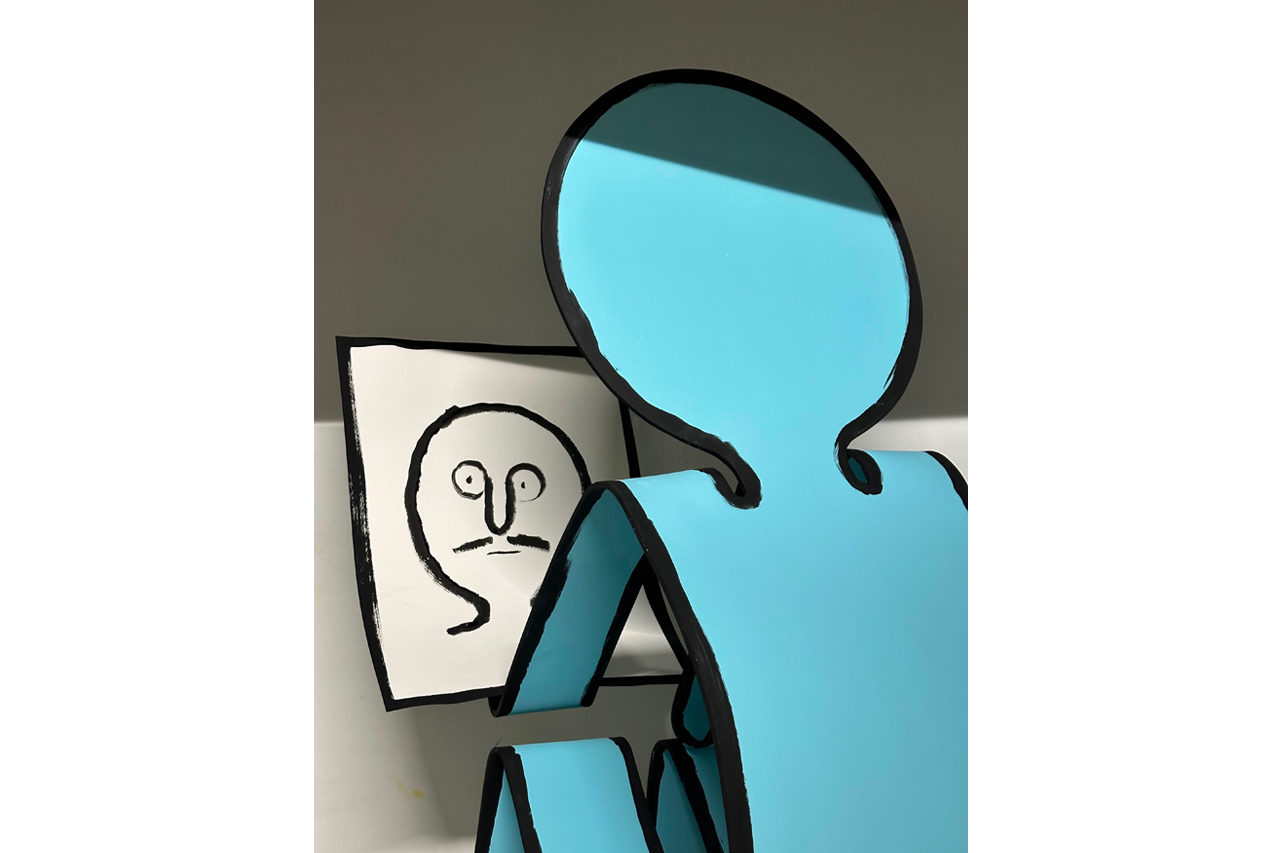
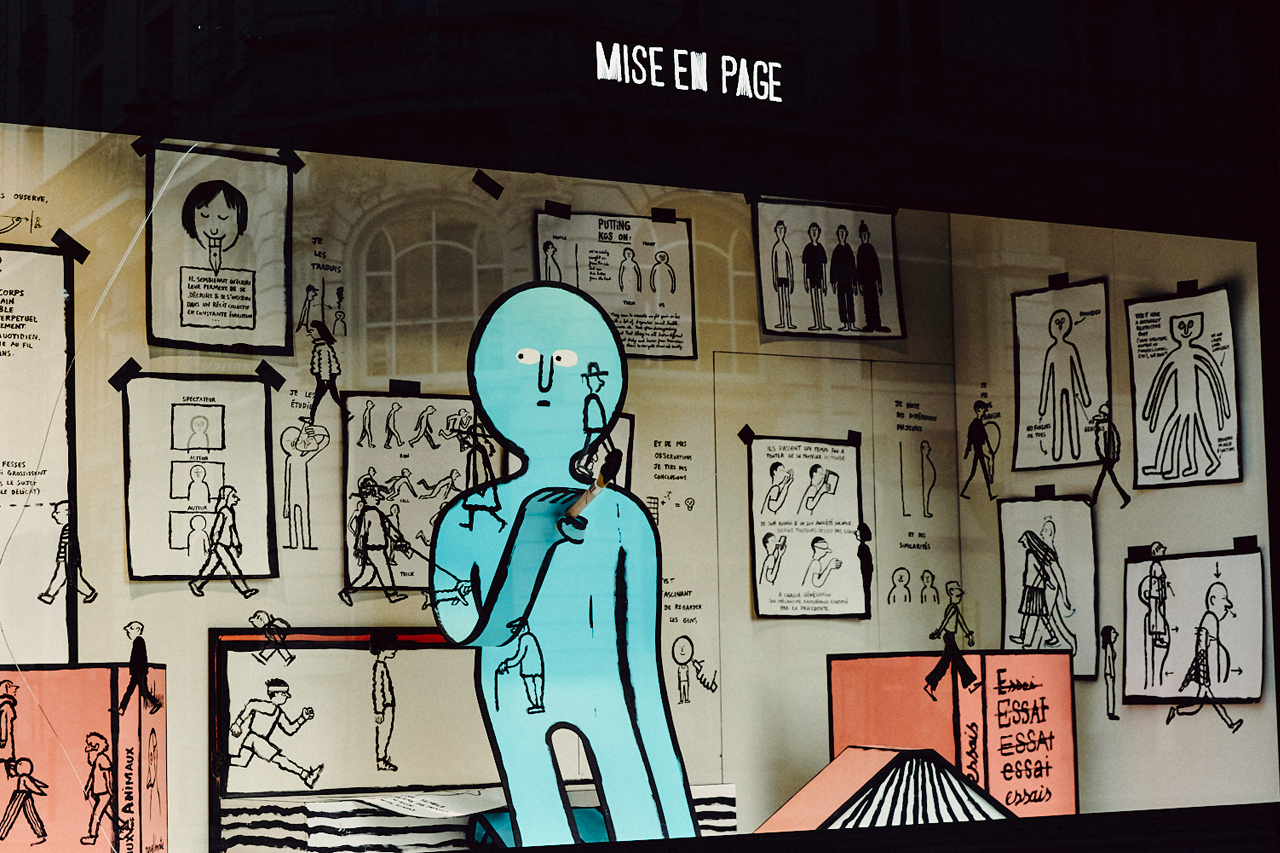
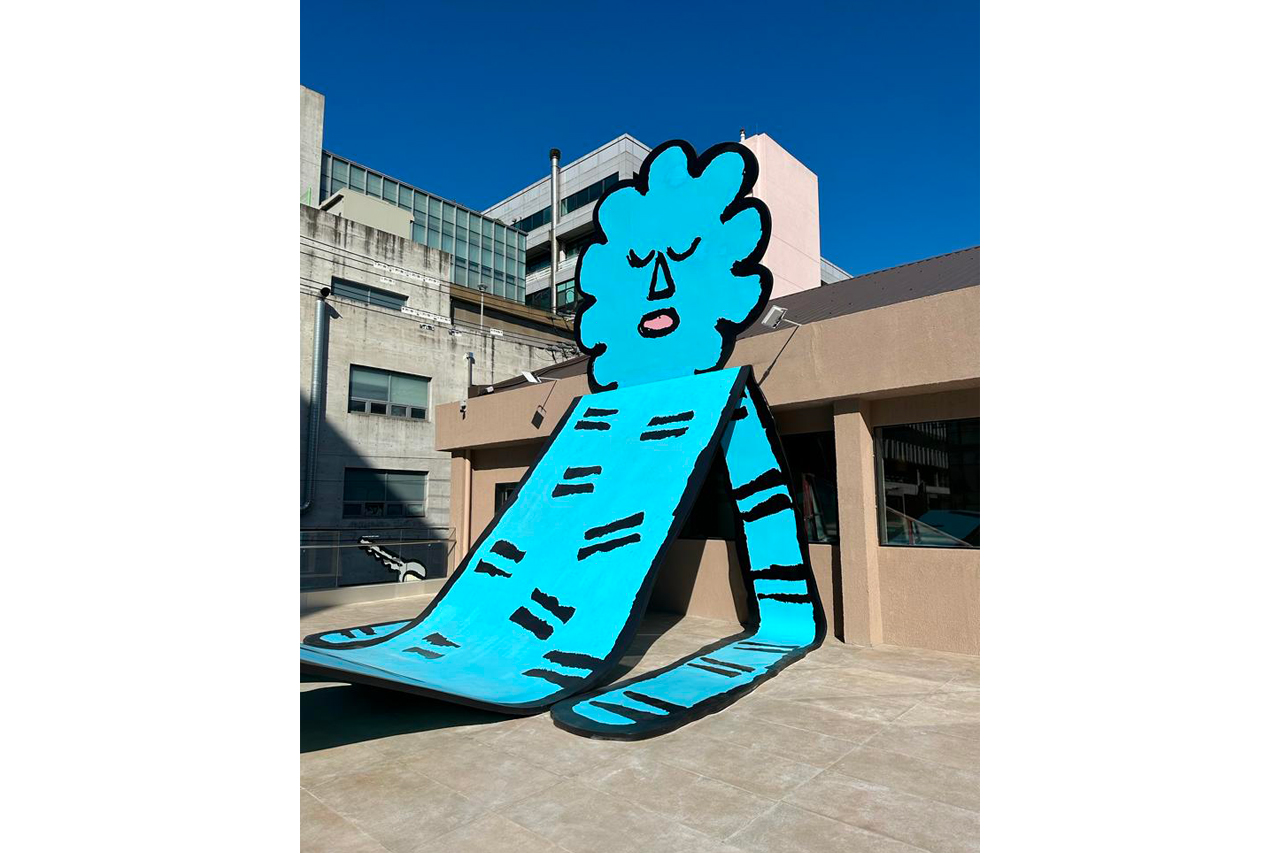
You just created a massive collaboration with Sarah Andelman and Phamily First. Can you take us through how that came to be?
It was an amazing invitation from Sarah. We’ve collaborated together on numerous occasions in the past with Colette. We stayed good friends after the store closed and she got this invite to curate big show about reading at Le Bon Marché in Paris. She invited me to be one of the main artists, which was incredibly generous of her. So she gave me the main space in the middle, all the windows and the space on the second floor.
I always try to work with friends and family. It’s been in the DNA of my work for years, so it made sense to bring my friend Jay, whom I do NouNou in Korea and my friend Julien from Phamily First to create this cafe where we all brought our network of collaborations and people to get involved. It was a family affair on the second floor and good collab with Sarah. You can’t really beat a large-scale installation. It does something that brings people back to childhood.
You have so many collabs with Case Studyo…
Yeah I love working with Mathieu.
They’ve really nestled themselves as a go-to editions fabricator within our space.
We just see eye-to-eye in the way that the work should be. It should be about treasuring relationships with the few more than the many. I’m working with like-minded people who just have a certain passion for craft, mistakes and slowness. I enjoy working with people who take their time. But with Mathieu, I just trust him so much with the process and I know he trusts me as well. He knows what I like and don’t like. It’s like working with my brother, very natural.
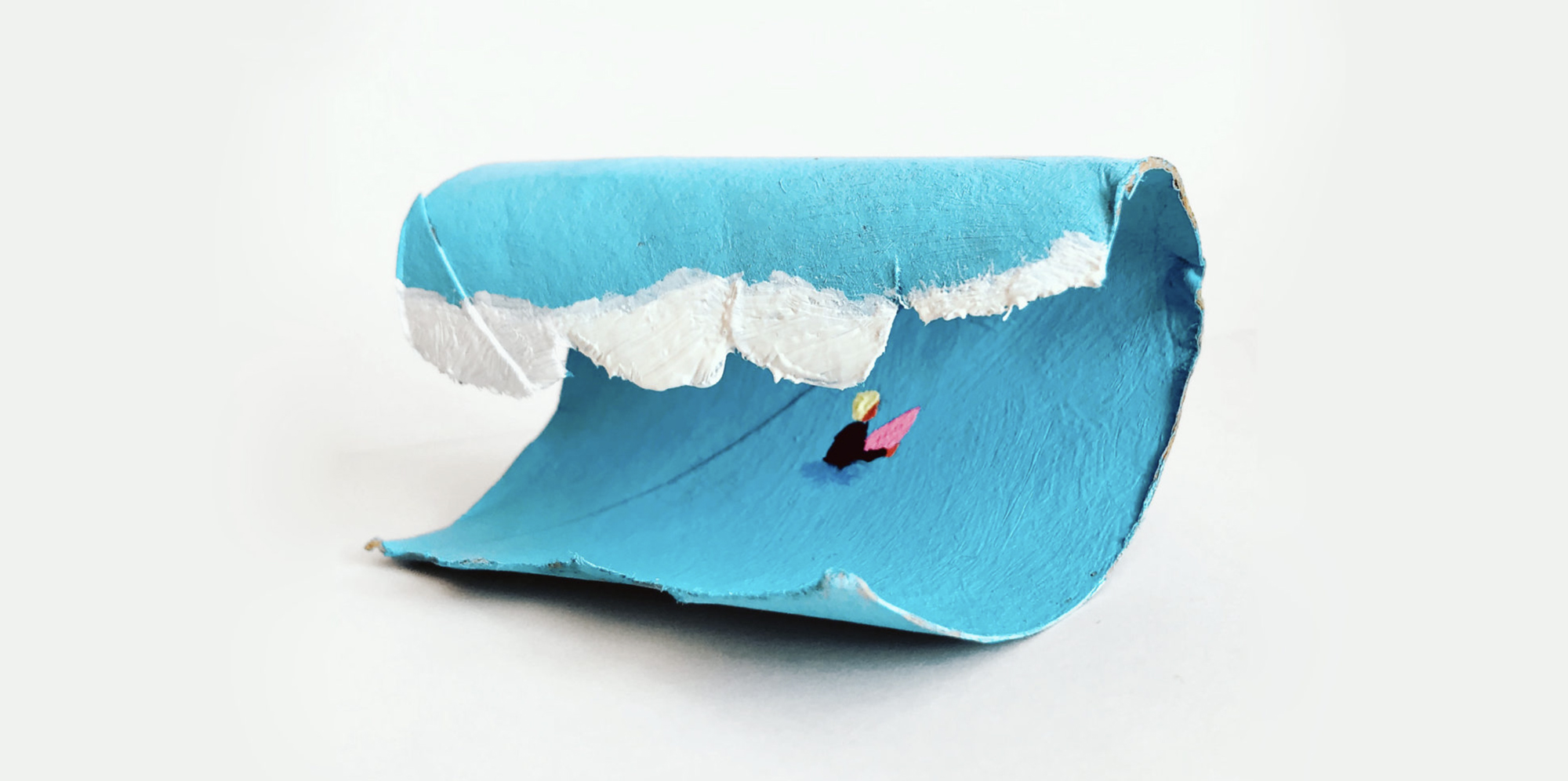
“It’s a transparent way of displaying your thoughts."
How about your latest New York exhibition?
It’s a show at Hashimoto Contemporary on Ludlow Street. The idea is to have two big shows, with a third at NANZUKA. I see it as a trilogy. The first one was at DDP in Seoul, where I looked back at everything that I had done until now. The MIMA show is where I’m currently at and NANZUKA will be where I want to go — past, present, future.
The first room will consist of saturated black-and-white drawings and how much I’ve loved living in the city. But equally, it’s still oppressive and complicated being surrounded by people all the time. So it’s this love-hate relationship with the urban environment. On the contrary, the second room will be this extremely minimal paintings about the outdoors and thirst for fresh air — and how the two rooms complement each other.
I’ve been exploring drawings, not in an iconic matter of how I used to do with posters, but more as a chain of thoughts like I do with my diary. It’s fun to see how people react to that — it’s a transparent way of displaying your thoughts.
How about the rest of 2024?
I also have a big show in Seoul. The last chapter of the “Paper People” narrative that we started with at Le Bon Marché in Paris. It will consist of three parts, where there will be a factory of self-producing “Paper People”, then a city environment where they are creating buildings, where the audience will be able to interact with the space. Lastly, there will be a more vegetal environment, like an indoor forest that people can walk through. Very large-scale, immersive and fun. I will also be unveiling a public sculpture in Shibuya with NANZUKA this July and several other shows in Lyon and Yvon Lambert in September.
All artwork courtesy of Jean Jullien for Hypeart.


















